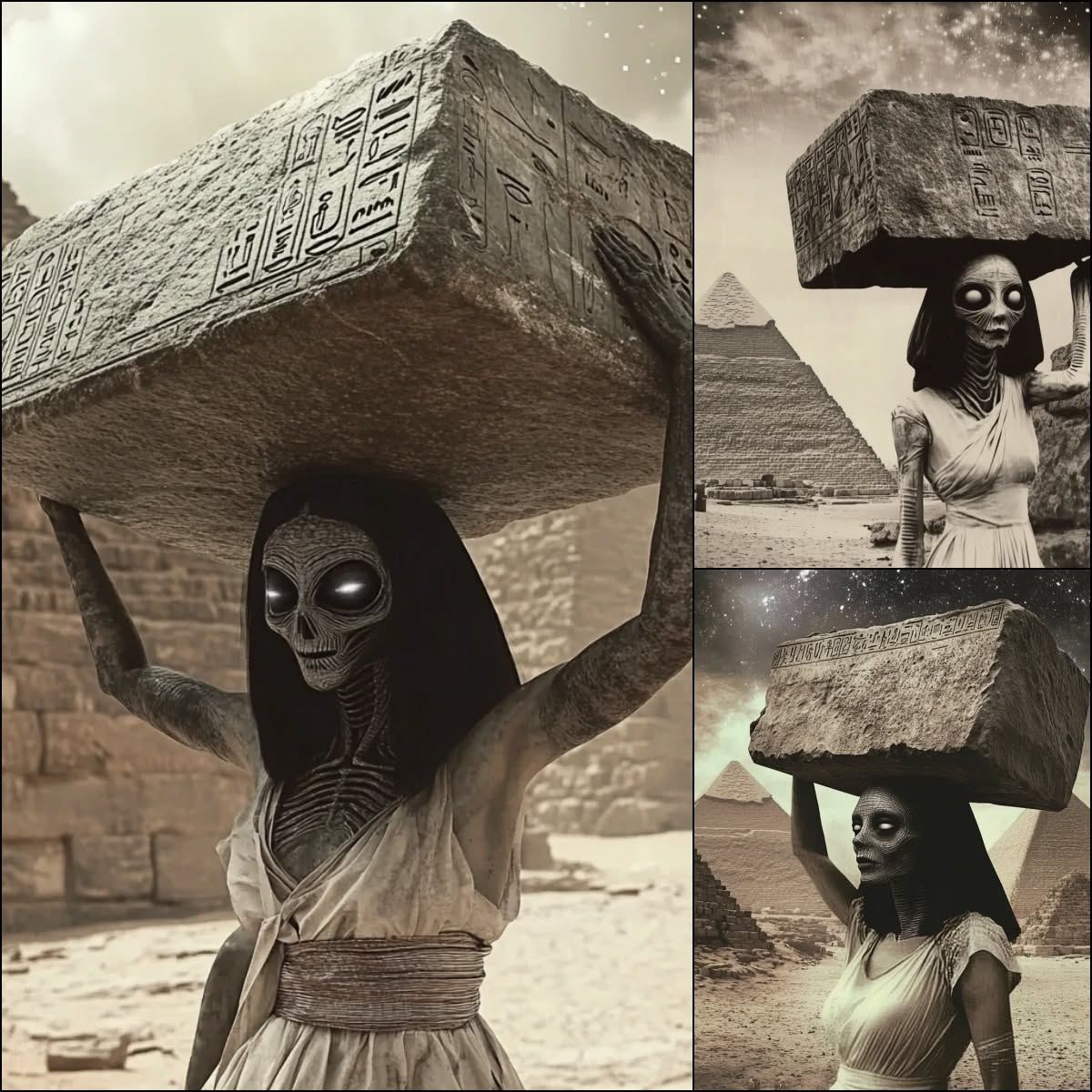Ancient Pyramids: Architects Beyond Earth?

For millennia, the world’s most iconic pyramids—spanning Egypt, Mesoamerica, and other ancient civilizations—have captivated humanity with their monumental scale, precision engineering, and astronomical alignment. Among scholars, enthusiasts, and conspiracy theorists alike, a provocative question endures: could these architectural marvels have been influenced—or even constructed—by beings not of this Earth? While mainstream archaeology credits human ingenuity, the mysteries surrounding these structures continue to spark debate and inspire wonder.
The Engineering Marvels

The pyramids’ precision is astounding. In Egypt, the Great Pyramid of Giza aligns almost perfectly with the cardinal points and demonstrates advanced knowledge of geometry and astronomy. Massive stones, some weighing several tons, were quarried, transported, and assembled with techniques still not fully understood. Similarly, Mesoamerican pyramids, like those at Teotihuacan or Chichen Itza, reveal sophisticated urban planning, precise orientation to celestial events, and complex ceremonial architecture.
These accomplishments raise questions about the capabilities of ancient civilizations. While evidence shows that humans had remarkable engineering skills, the exact methods used to achieve such precision remain partially unexplained, fueling speculation that advanced knowledge—possibly beyond contemporary human understanding—was involved.
Astronomical Alignments and Hidden Knowledge
Many pyramids demonstrate precise alignment with stars, solstices, and other astronomical phenomena. In Egypt, the pyramids’ orientation correlates with Orion’s Belt, a constellation associated with Osiris, linking architecture with mythology and the heavens. Mesoamerican pyramids often align with solar events, emphasizing agricultural cycles and cosmological symbolism. These alignments suggest a sophisticated understanding of astronomy and mathematics, provoking questions about how ancient architects acquired such knowledge.

Some theorists propose that this advanced understanding could hint at extraterrestrial influence. While controversial, proponents point to the uniformity of pyramidal structures across distant civilizations as evidence that knowledge may have been transmitted or inspired by beings with superior technology or insight.
Human Genius vs. Beyond Earth
Mainstream archaeology emphasizes human ingenuity, resourcefulness, and cumulative cultural knowledge. Evidence shows that pyramid construction involved organized labor, advanced tools, and iterative design practices passed through generations. Yet the precision, scale, and astronomical sophistication continue to challenge researchers, leaving room for alternative interpretations and speculative inquiry.
The debate is not merely about the construction of stone; it touches on our understanding of human potential, ancient knowledge, and the limits of technological achievement in early civilizations. Each stone, each alignment, and each artifact invites us to reconsider the capabilities of our ancestors.
Conclusion
The world’s ancient pyramids remain enduring symbols of mystery, engineering, and human ambition. Whether built solely through human skill or influenced by knowledge from beyond our world, these structures challenge assumptions about ancient civilizations and their mastery of geometry, astronomy, and monumental construction. As research continues and new discoveries emerge, the pyramids persist as a bridge between history, science, and the imagination, reminding us that the ancient world may still hold secrets waiting to be uncovered.











